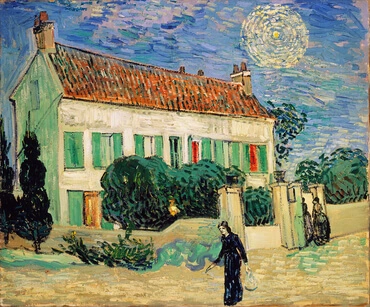15
Ты совершен был в путях твоих со дня сотворения твоего, доколе не нашлось в тебебеззакония.
15
Ты совершен был в путях твоих со дня сотворения твоего, доколе не нашлось в тебебеззакония.
540. And seven jewels 1 on its heads. This symbolizes all the Word's truths falsified and profaned.
Jewels or precious stones symbolize the Word's truths, specifically truths in the Word's literal meaning, but here those truths falsified and profaned because the jewels were seen on the dragon's seven heads, which symbolize irrationality owing to a falsification and profanation of truths (no. 538).
[2] That jewels or precious stones symbolize truths in the Word's literal meaning may be seen in The Doctrine of the New Jerusalem Regarding the Sacred Scripture, nos. 43-45. We showed there that Divine truths in their outmost expressions, which are the truths in the Word's literal sense, were symbolized by the twelve precious stones on Aaron's breastpiece, namely, the Urim and Thummim (Exodus 28:6, 15-21, 30), and also by the precious stones in the Garden of Eden, where the king of Tyre is said to have been (Ezekiel 28:12-13). And they were symbolized as well by the twelve precious stones which formed the foundations of the wall of the New Jerusalem (Revelation 21:17-20).
Truths in the literal meaning of the Word are symbolized by jewels or precious stones because everything in the Word's literal meaning is, in the eyes of angels, translucent in consequence of the Word's spiritual meaning, thus in consequence of the light of heaven in which the Word's spiritual truths reside. For a stone in the Word symbolizes truth in its outmost expressions, and thus a precious stone, that truth translucent.
[3] The Word's truths falsified and profaned are also called jewels because they are luminous in themselves, whoever possesses them, like jewels on earth, no matter in whose hand they are. I have occasionally been given to see adulterous women adorned with jewels on their first arrival from earth into the world of spirits, and also Jews selling jewels that they acquired from heaven. It was apparent from this that the evils and falsities in those people did not alter the radiance and sparkle of the Word's truths.
The ten jewels on the horns of the beast rising up out of the sea consequently have the same symbolism (Revelation 13:1), and so, too, the precious stones on the woman sitting on the scarlet beast (Revelation 17:3-5).
That it is the Word's truths that jewels symbolize is clearly apparent from the statement in the book of Revelation, that on the head of Him who sat on the white horse were seen many jewels, and that His name was The Word of God (Revelation 19:12-13).
Voetnoten:
1. The word translated as "jewels" here means diadems or crowns in the original Greek and Latin, but the writer's definition of the term elsewhere make plain that he regularly and consistently interpreted it to mean jewels or gems.

A "house" is essentially a container -- for a person, a family, several families or even a large group with shared interests (think of the term "houses of worship.") In the Bible, a "house" is also a container, but for spiritual things rather than natural things. In various uses a "house" can represent part of the mind, the whole mind, a whole person or even a church. The other nuance to the word "house" is that it is generally used in regards to our affections and desires rather than our thoughts and principles. This makes sense; we tend to engage our thoughts and rationality when we are out in the world doing our work, but when we are inside our houses we are driven most by love for our families and the desire to be good to those we love. So "house" tends to represent the things we want and care about -- which are ultimately the things that define us.